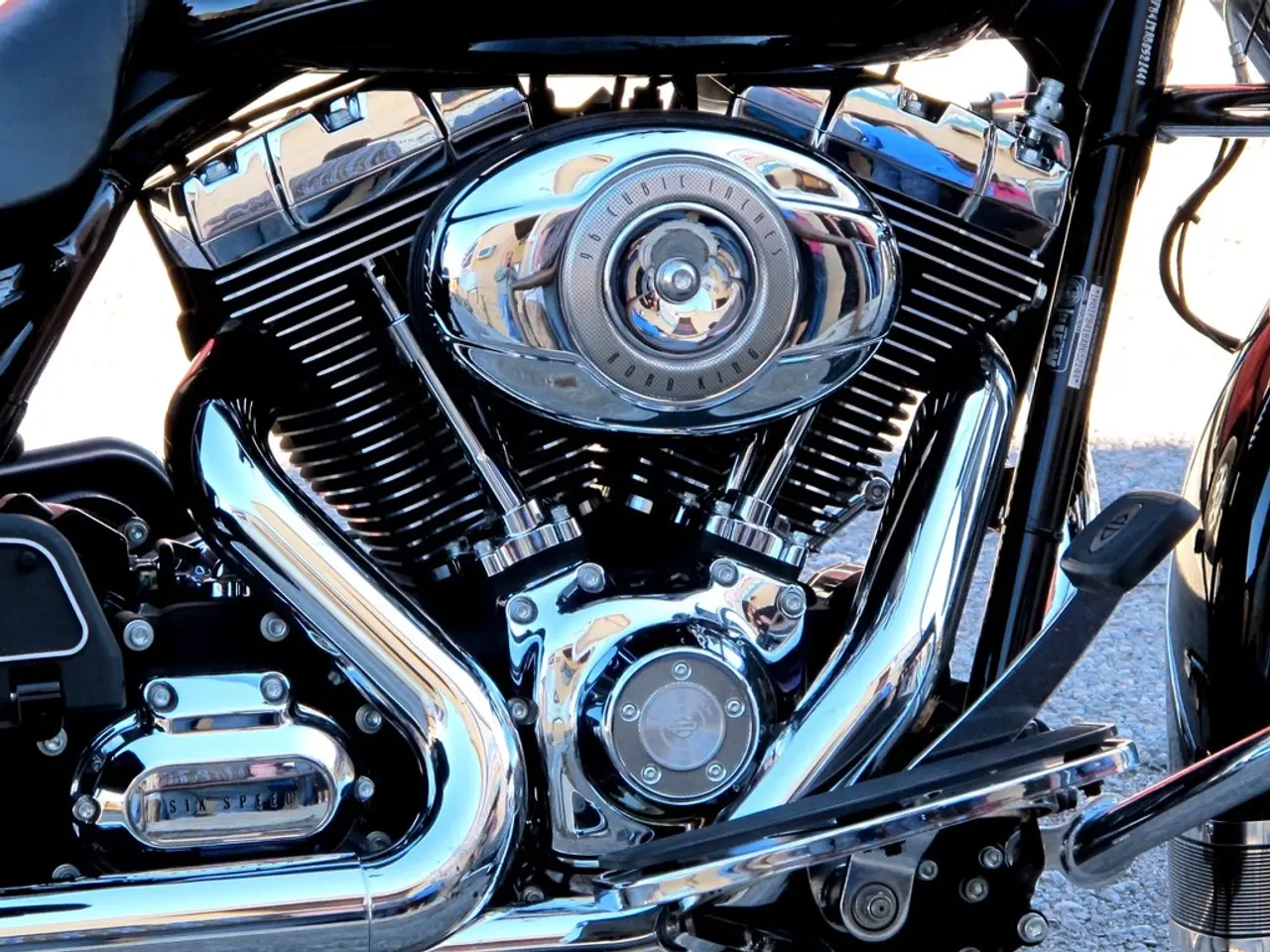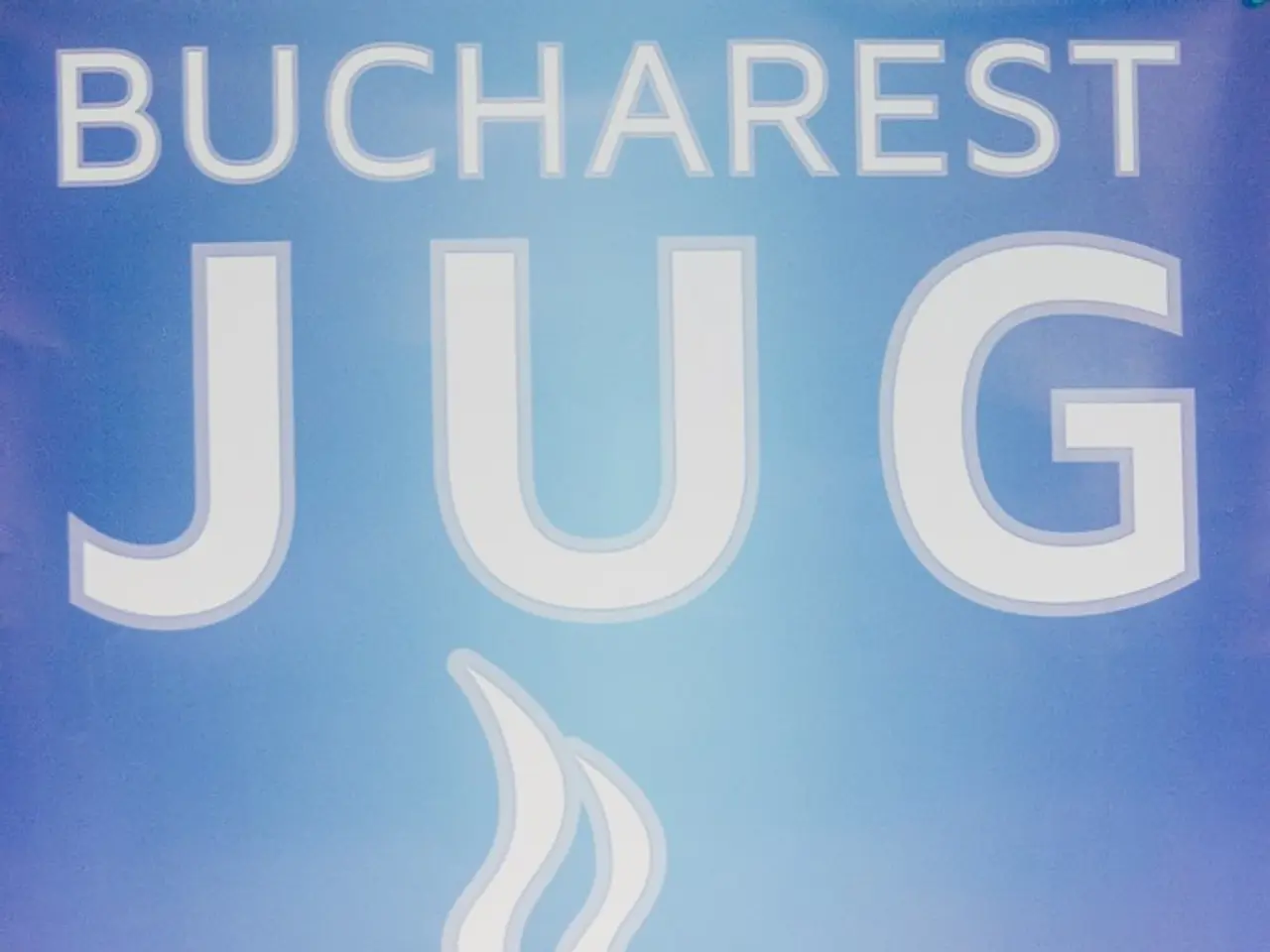Jaguar XJ40 Owner's Handbook
The Jaguar XJ40: A Modern Classic with Its Share of Challenges
The Jaguar XJ40, manufactured between 1986 and 1994, marked a significant departure from its predecessors in the XJ series with its modern design and advanced technology. However, this evolution came with its own set of common issues across various aspects of the vehicle.
History and Overview
The XJ40 was Jaguar's attempt to replace the long-running 'Series' XJ. Launched in 1986, it boasted a more angular and modern appearance and introduced new electronics, including control modules distributed throughout the car. It was Jaguar's first extensively computer-controlled car and featured advanced chassis engineering for its time, offering a capable driving experience[1].
Bodywork
Early models had some vulnerabilities in the exterior door handles, which could be broken off if handled roughly. Additionally, door lock solenoids are known to fail, causing locking problems, though these are typically simple to replace[1]. Rust can still be a concern for the XJ40, especially for older models, with potential trouble spots including the front subframe, front bulkhead, areas around the suspension turrets, outer sills, inner sills, doors (especially lower edges), rear wheelarches, front wings, radiator support, and the rear quarter panel above the wrap-around bumper[2].
Engine and Transmission
The XJ40 typically came with the famous Jaguar straight-six engine, respected for durability if properly maintained. However, known engine issues include occasional head gasket failures, blue smoke emissions (indicating possible oil burning), and gearbox wear, especially if the car has been driven hard or maintained poorly[1][2]. Most XJ40s were fitted with the ZF four-speed automatic gearbox, which should be inspected for condition and proper operation.
Suspension
Early XJ40s featured an optional hydraulic self-levelling system at the rear suspension designed to maintain ride height under load. This system is prone to failure, causing the rear to bounce excessively. Jaguar even recommended converting such cars back to conventional springs and dampers, supplying a retrofit kit. Since the self-levelling system used shorter springs, it is important to replace springs when converting to conventional suspension[1].
Steering and Brakes
The chassis and steering systems were generally capable and robust; however, worn suspension components can affect steering precision. Brakes were conventional; no widespread systemic issues are noted in the resources, but regular maintenance is implied[1].
Interior and Trim
Early models featured a semi-digital dashboard with bar graphs for minor instruments that was problematic and replaced in 1990 models by conventional dials[1]. Interior trim is generally durable, though the leather upholstery may crack or split with age. Sagging headlining is another common issue, but various independent Jaguar specialists offer a supply-and-fit replacement service.
Electrics
Electrical issues are among the more frequent complaints, especially in early models. Door lock solenoids may fail, and various interior switchgear can malfunction. The sophistication of the electrical system was a leap for Jaguar but contributed to a less reliable experience in earlier years of production[1].
Notable Features
At launch, the XJ40 was offered with a 2.9-litre single-cam 12-valve AJ6 engine and a twin-cam 3.6-litre 24-valve unit. In 1993, the long-awaited 6.0-litre V12 version of the XJ40 was announced[3]. If the air conditioning isn't functioning, it's worth investigating the cause, as the refrigerant must have escaped for a reason[1].
Value and Insurance
The XJ40's values vary widely, with prices ranging from £2000 to £2500 for a project car, up to £10,000 for the top V12 versions from 1993 to 1994. A 1988 Jaguar XJ 4.0 with a £6000 value had an example insurance quote of £132.82 or £150.82 with Agreed Value[4]. However, cosmetic rust can spoil the car's appearance and reduce its value.
Conclusion
While the Jaguar XJ40 introduced many technological advances and offered a strong chassis and durable engines when maintained well, it is most commonly affected by failures in the rear hydraulic suspension system (if fitted), some early electrical gremlins, wear in suspension bushes, occasional head gasket issues in engines, gearbox wear, and aging interior components, especially early model dash and controls[1][2][3]. Regular maintenance and proactive problem-solving can help ensure a smooth ownership experience with this classic Jaguar.
[1] - The Jaguar XJ40 Owners' Club [2] - Jaguar XJ40 - Common Problems [3] - Jaguar XJ40: A Buyer's Guide [4] - Insure The Gap
The Jaguar XJ40's modern design and advanced technology extended to its finance sector, as it gained a reputation for durability when properly maintained, but its value in the industry can be significantly impacted by cosmetic rust and various common issues. In the sports world, its performance was commendable, featuring renowned automotive engines and offering a capable driving experience. The car's lifestyle aspect highlighted some challenges, such as in the areas of electrics, suspension, and interior components, particularly in early models. These issues demanded regular maintenance to ensure a smooth ownership experience, even when navigating the transportation sector's complexities.




